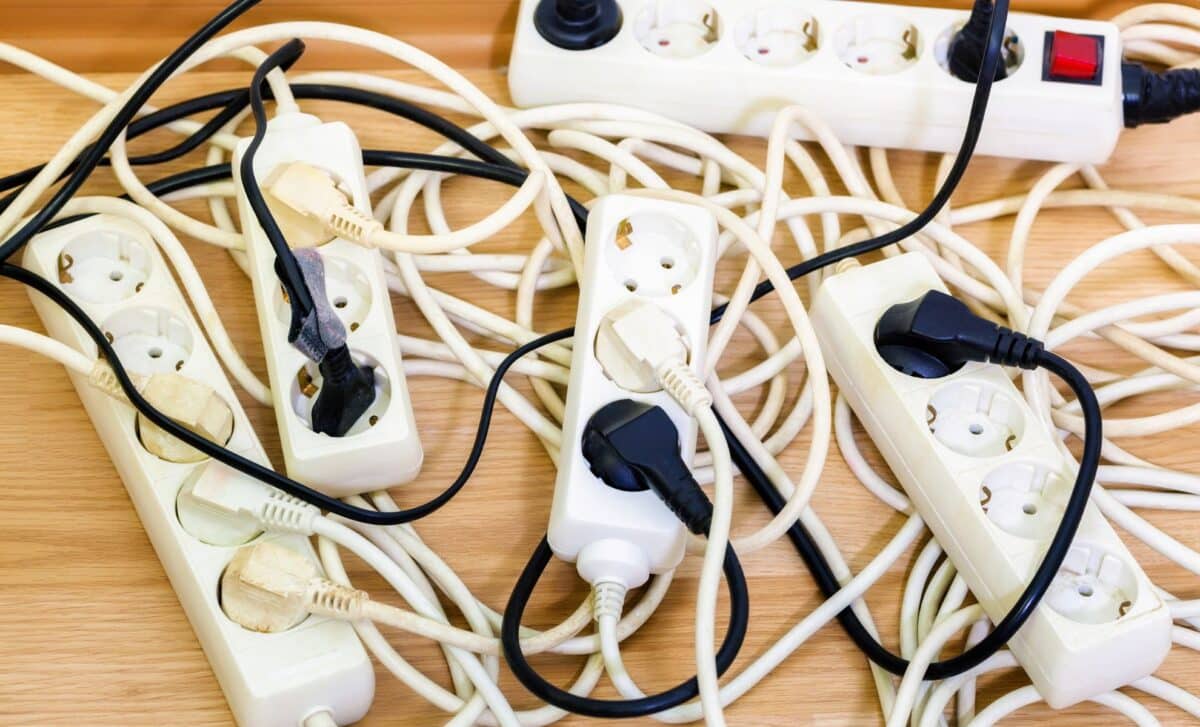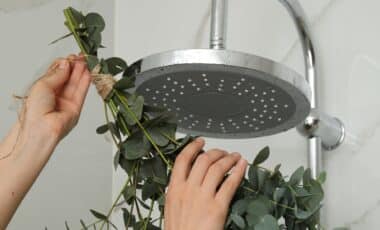A growing safety concern in many homes involves the improper use of power strips with high-energy appliances. Although power strips are widely used to increase the number of available outlets, experts caution that connecting certain devices to them can pose significant risks such as fires, electrical overloads, and damage to the equipment. Knowing which everyday appliances require dedicated outlets is crucial to ensuring safety and avoiding potentially expensive accidents.
Why power strips are not made for every device
The article identifies 15 common appliances that pose the greatest risk when used with power strips due to their high energy consumption or heat generation. These devices include:
- Vacuum cleaners: Their powerful motors require intense electrical input, risking circuit overload.
- Microwave ovens: Energy-intensive and often on for short bursts, they can easily exceed power strip limits.
- Coffee makers: Despite appearing harmless, they draw significant power during heating cycles.
- Hairdryers, curling irons, and straighteners: These produce heat and can cause power strips to overheat quickly.
- Electric ovens: Require dedicated outlets because of their sustained high power demand.
- Treadmills: Constant motor use leads to heavy power consumption.
- Portable air conditioners: These modern appliances demand stable and high-capacity power sources.
- Electric heaters and convectors: Their heating elements are strong energy consumers.
- Dishwashers: Water and electricity combined need a direct connection for safety.
- Irons: Their heating components cause short but high energy spikes.
- Refrigerators: Continuous operation with large compressors means they need stable power.
- Water heaters: Long operational times with high current needs require dedicated circuits.
- Freezers: Like refrigerators, they run constantly and cannot tolerate unstable power.
- Washing machines and dryers: Motors and long cycles make them unsuitable for power strips.
All of these devices share a common trait: they consume large amounts of electricity, often intermittently but intensely, which can exceed what a power strip can safely handle.
The Secret Space Where Teens Feel Safe to Talk—And Most Parents Overlook It
This Common Power Strip Mistake Could Burn Your House Down
Each year, electrical issues cause over 67,800 fires in the USA, according to Solonohio. A significant portion of these is attributed to improper use of electrical equipment. Power strips, when overloaded or damaged, become prime suspects in starting such fires.
Moreover, devices plugged into overloaded power strips may suffer from unstable currents, leading to premature wear or damage. Electrical shocks and burns are also risks if power strips malfunction due to overuse.
Must-Know Power Strip Safety Hacks Every Homeowner Needs
To keep things safe when using power strips, start by checking their maximum wattage before plugging anything in. It’s best to avoid connecting high-power devices like heaters or motors to them. If your power strip looks worn out, damaged, or dusty, don’t hesitate—replace it right away.
Also, make sure to keep power strips away from curtains, fabrics, or tight spaces where heat can build up. Remember to unplug appliances when they’re not in use to lighten the load and reduce risk. For those heavy-duty machines, always go for dedicated outlets to ensure stable and safe power.







